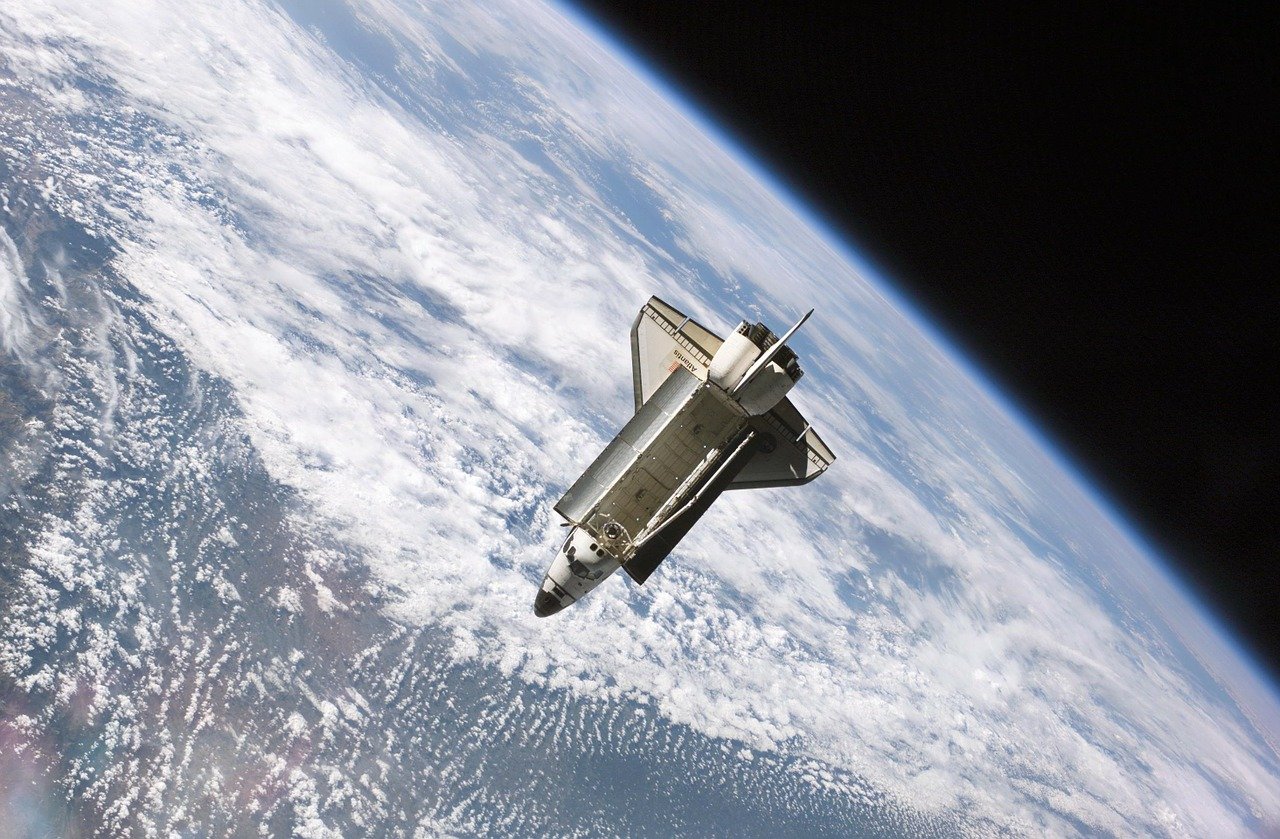Exploring space means a collection of the knowledge about the matter present in the area using rocketry. The history of space exploration is a long and varied one. Space exploration has come a long way since its humble beginnings, from the early rockets that used to launch payloads into the atmosphere into landing men on the Moon. Today, we have satellites orbiting our planet in every possible location conceivable. At least 18 satellites are orbiting Earth right now. Humanity has always had a fascination with the stars and planets. The idea of learning more about the world we live in brings great excitement, and for many people, has led to a serious interest in astronomy.
You’ve probably heard the buzz about NASA’s recent discovery of flowing water on Mars, and how this discovery suggests that life exists or existed there at some point in time, but what about the everyday benefits that space exploration has provided us? If you think space exploration isn’t relevant to your life, then think again! Many of the common items we use today have their origins in space research and development, with many more applications waiting to be discovered by researchers who have yet to realize their possibilities.
How To Explore Space?
Space exploration is discovering and exploring celestial structures in outer space utilizing space science. Space missions are conducted via telescopes and other modern machinery, while man and robots both are in action for spacecraft missions (robotic space probe) and human spaceflight missions (human spaceflight). Our galaxy consists of about 100 billion stars. To get a feel for how many that is, it would take 3,000 years to reach just 1 billion if you were to count one star per second.
Humans usually look for the matter above the sky and question the outlook and details of the point above them. With ongoing advancements in science and technology, modern and more professional machines and rockets are available to take humans above the Earth’s sky. Space exploration has captured not only the mind of astronauts but also the common person.
The robust maintenance that house journey has constantly had an impression on the creativeness may also properly explain why expert space lab researchers and astronauts are collaborating perfectly.
Ways To Explore Space
Our solar system is unimaginably vast, containing thousands of planets, moons, asteroids, and comets. All are awe-inspiring in their way.
One of the most exciting opportunities to explore space would be to take part in an immersive mission with NASA or another national space agency. You can take part in virtual missions that will immerse you into the world of astronauts.
We all know that space is huge, but do you grasp how big it is? It’s hard to imagine even the distances between stars, let alone the size of a galaxy. But thanks to advances in astrophysics and technology, we have an idea of how vast the cosmos is. There are still places within our solar system that have yet to be explored by humans. However, this doesn’t stop us from imagining what else lies beyond our sun and planet.
Scientists are still finding many ways to explore space. It is not an easy job, but the labs work day and night to explore the area and let the people know about it. Astronauts and robotic machinery are sent to space to discover more about it. Space exploration is an unlimited and endless journey. No one can tell exactly where it is expanded and what is present in it. It’s a mystery box, and you explore a new thing every day in space.
![]()
